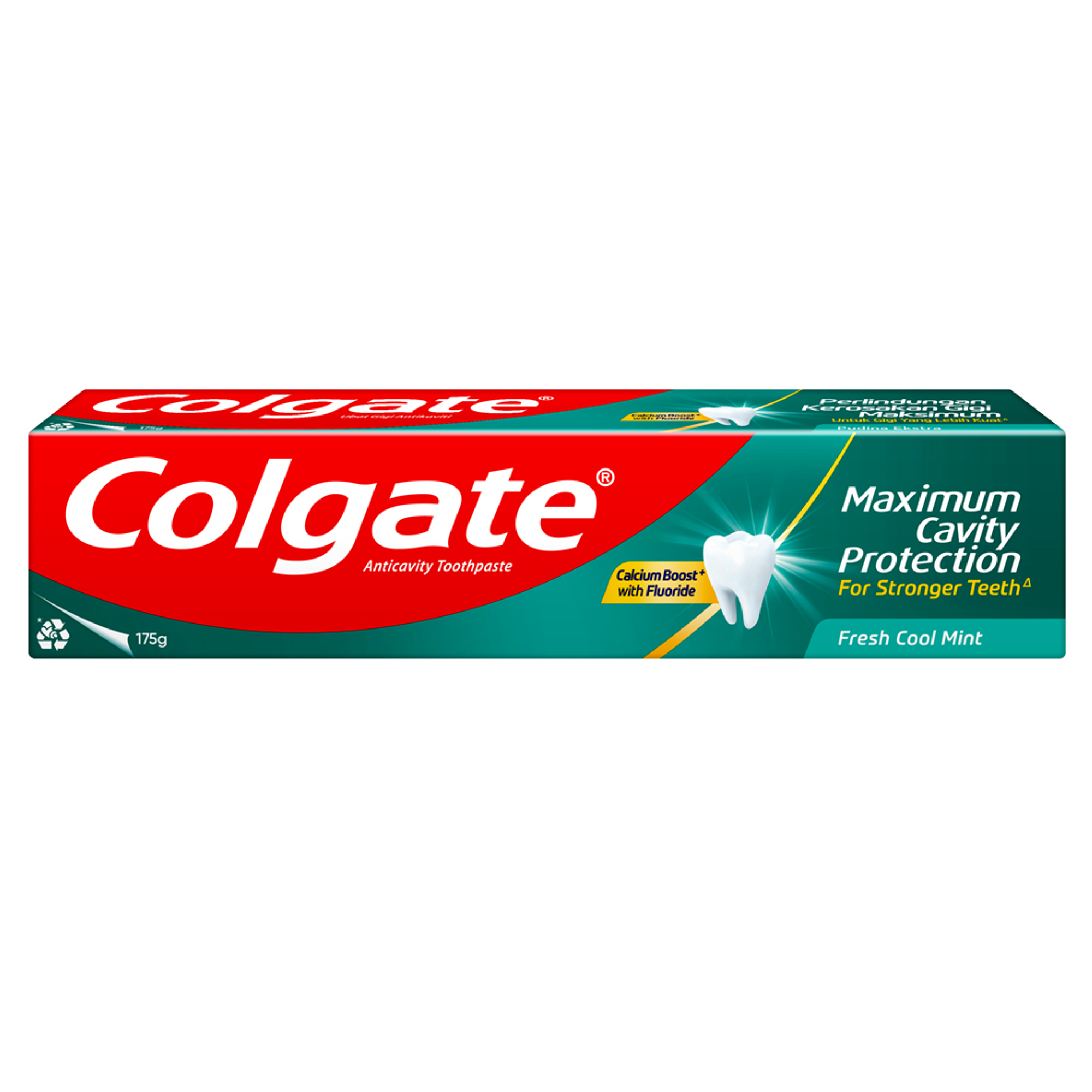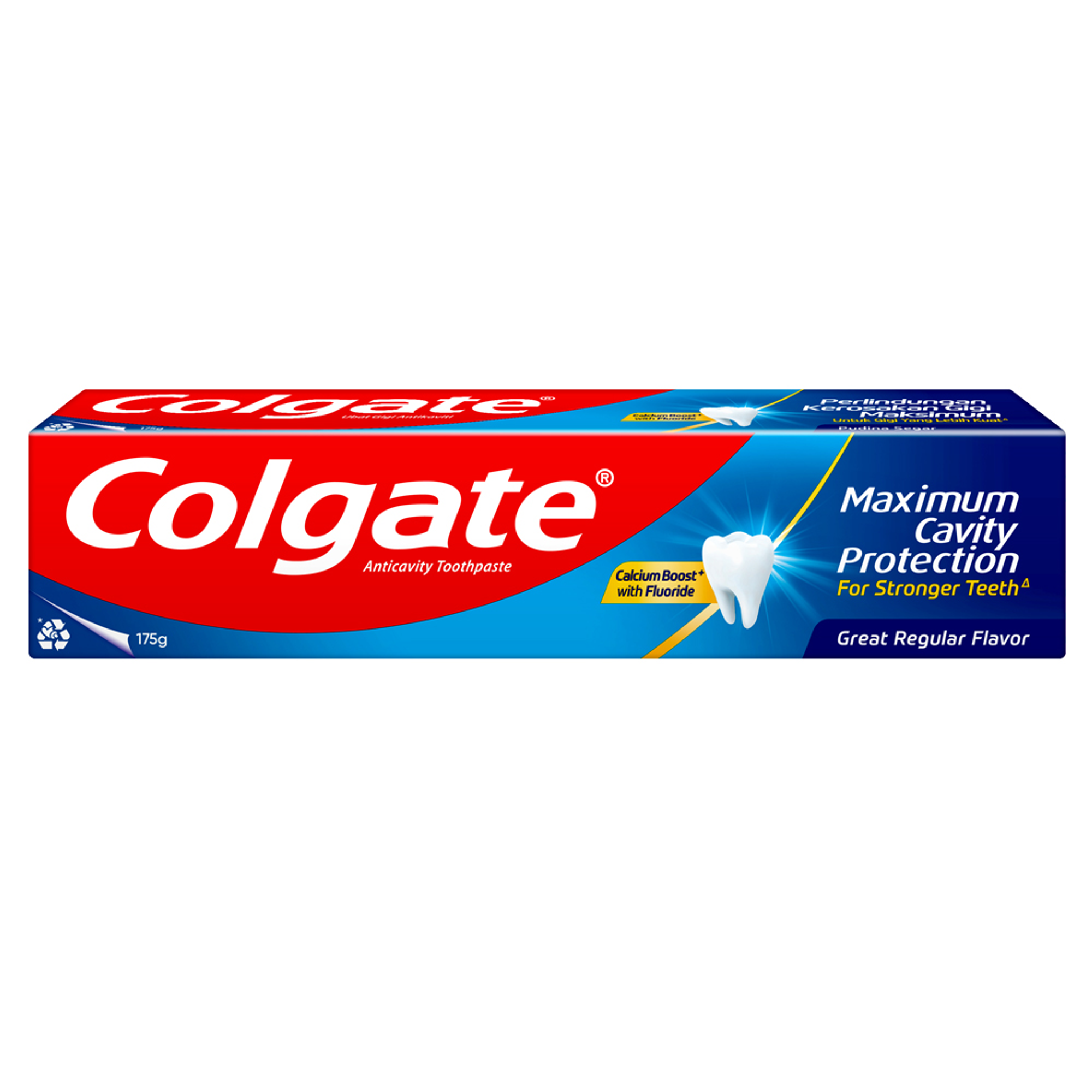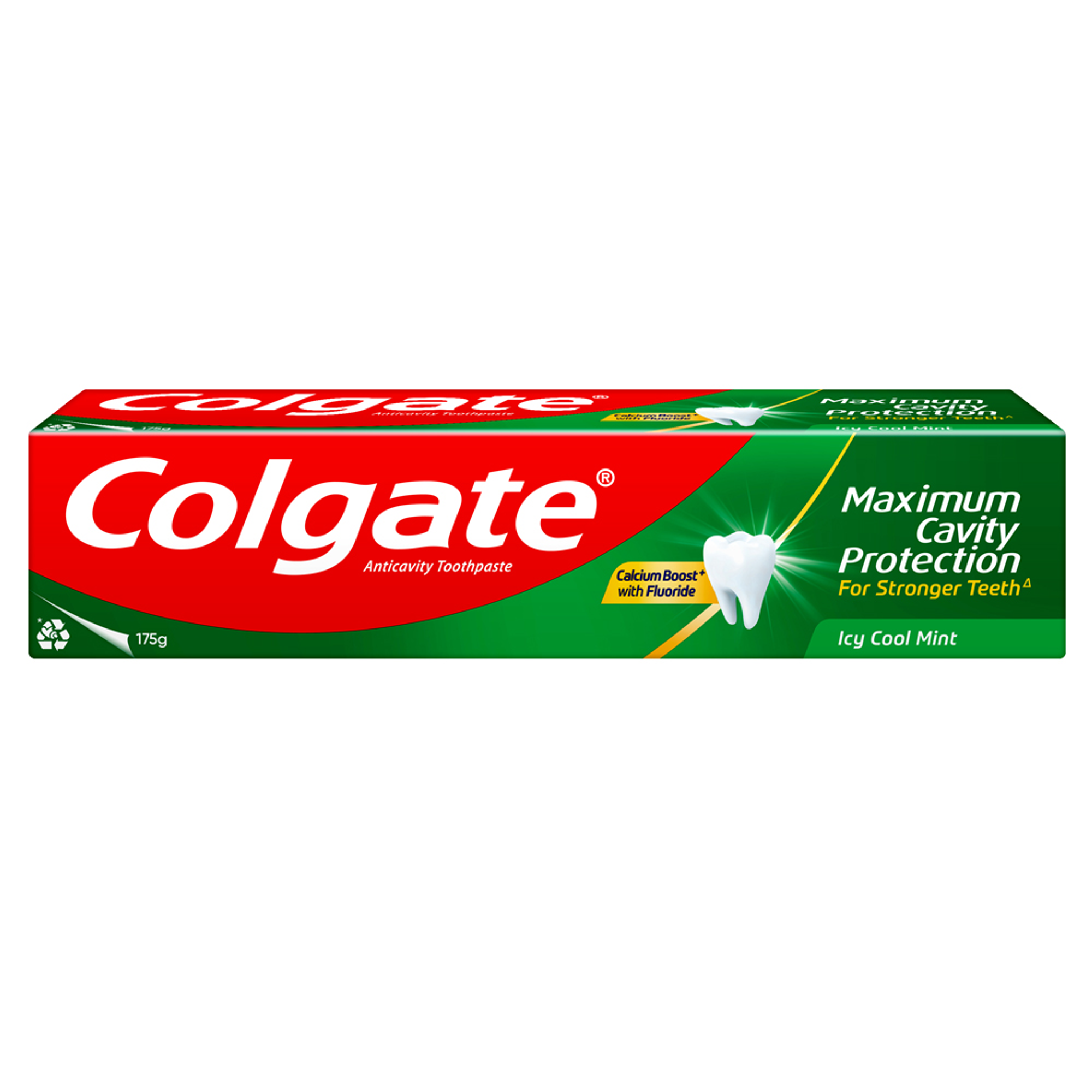-
-

FLUORIDE
Discover how stannous fluoride toothpaste prevents cavities and other oral health issues. Learn the key benefits of fluoride for teeth and its best uses.Fluoride plays a vital role in oral healthcare...

TEETH WHITENING
Teeth Whitening Serum for a Brighter, Confident SmileWho does not want whiter and brighter teeth? Thanks to the many teeth-whitening products available today...
-
Science & Innovation
- Colgate® | Toothpaste, Toothbrushes & Oral Care Resources
- Oral Health
- Why Look For Fluoride In Toothpaste


What Fluoride Does
Fluoride helps your tooth enamel in two ways: When a person's teeth are still beginning to emerge, this ingredient develops the enamel so that it becomes as hard as it needs to be to resist cavities and decay. After the teeth have appeared in the mouth, fluoride in toothpaste, mouthwash and even tap water helps the enamel remain strong so that it can resist the acid produced by oral bacteria when you eat sugary foods. Fluoride also has a remineralising effect on the teeth, by which it helps rebuild worn-down or weakened enamel before it disappears.
Why It's in Toothpaste
There are several ways a person can get fluoride into their body. One way is by drinking water that contains fluoride. Tap water in Singapore is 100 per cent fluoridated and has been since 1957, so all families have access to fluoride just by using their tap. Another option, usually for people who have their reasons for not drinking water from the tap, is to take fluoride supplements or have a dentist apply a fluoride varnish during a routine appointment.
Drinking fluoridated water can help protect the teeth from decay, but the amount of fluoride in water is not always sufficient for full protection. That's one of the reasons fluoride can be found in some toothpastes. In America, a toothpaste must contain fluoride before it can earn the Seal of Acceptance from the American Dental Association (ADA). According to ADA, putting fluoride in toothpaste has led to a major decrease in the number of cavities Americans have had since 1960. The World Health Organization (WHO) officially recommends and supports the use of fluoride toothpaste around the world, particularly in areas that don't (or are unable to) fluoridate their water.
How to Choose a Toothpaste
Although there are products that do not contain fluoride, it's still one of the most important ingredients to look for when choosing a toothpaste. Other features, such as flavour and texture – whether it's a paste or a gel – are really a matter of preference.
If you have special concerns, such as sensitive teeth, or have had trouble with gingivitis in the past, you might want to look for fluoride toothpastes that contain additional ingredients that cater to these issues too: an enamel-building or tartar-control toothpaste are just two examples.
Using Fluoride Toothpaste
To get the most out of your toothpaste, you'll want to use it as directed by your dentist. Typically, brushing your teeth at least twice a day is a staple of your routine. The amount you can use, however, depends on the age of the person brushing. According to the Ministry of Health, no more than a pea-sized amount of toothpaste is recommended for kids three years old and above, whereas an even tinier amount - the size of a grain of rice - is recommended for kids under three. For added protection, particularly if your dentist recommends it, you and any children over six years old can also swish with a mouthwash that contains fluoride after brushing.
Remember that brushing your teeth is just the first step to getting a healthy mouth. Minimising the number of cavity-causing foods you eat (such as candy) and seeing your dentist for cleanings twice a year will both go a long way in making your teeth healthy and strong.
Related Articles

What if a dental prosthetic doesn't fit as comfortably as it used to? It may be time to talk to your dentist about relining dentures. Find out more here.


Learn more about oral care for children, including how to properly brush child's teeth, what toothbrushes to use, and much more.
Related Products

Helping dental professionals
More professionals across the world trust Colgate. Find resources, products, and information to give your patients a healthier future







